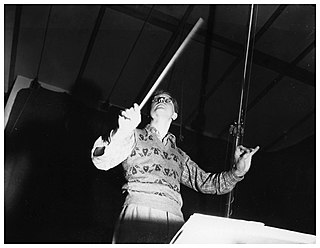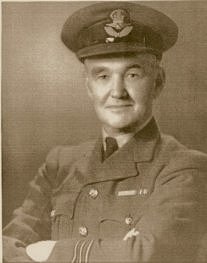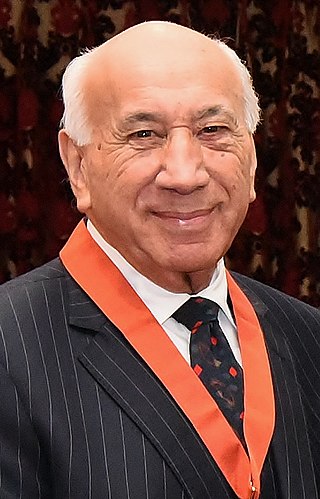Related Research Articles

Wellington College, is a state-run boys secondary school in Wellington, New Zealand. It is situated on 12 hectares of green belt land in the suburb of Mount Victoria, in the vicinity of the Basin Reserve and Government House. The school was founded in 1867 through a deed of endowment from Sir George Grey, the then Governor of New Zealand.

Douglas Gordon Lilburn was a New Zealand composer.

William Manhire is a New Zealand poet, short story writer, emeritus professor, and New Zealand's inaugural Poet Laureate (1997–1998). He founded New Zealand's first creative writing course at Victoria University of Wellington in 1975, founded the International Institute of Modern Letters in 2001, and has been a strong promoter of New Zealand literature and poetry throughout his career. Many of New Zealand's leading writers graduated from his courses at Victoria. He has received many notable awards including a Prime Minister's Award for Literary Achievement in 2007 and an Arts Foundation Icon Award in 2018.
George Neil Robertson is a mathematician working mainly in topological graph theory, currently a distinguished professor emeritus at the Ohio State University.

Sir Matthew Henry Oram was a New Zealand politician of the National Party. He was the 13th Speaker of the House of Representatives, from 1950 to 1957.

Sir John William Salmond was a legal scholar, public servant and judge in New Zealand.
Ernest Beaglehole was a New Zealand psychologist and ethnologist best known for his work in establishing an anthropological baseline for numerous Pacific Island cultures.

Sir Theodore Rigg was a New Zealand agricultural chemist and scientific administrator.
Frederick Lloyd Whitfeld Wood was a notable New Zealand historian and university professor.

Sir Thomas Hill Easterfield was born in Doncaster the youngest of four children of Edward Easterfield, savings bank secretary, and Susan. He attended Doncaster Grammar School, and later entered the Yorkshire College of Science, now the University of Leeds. He was then appointed a Senior Foundation Scholar of Clare College, Cambridge, from where he gained First Class honours in the Natural Sciences Tripos in 1886.

Robert John Ferrier FRSNZ, FNZIC, was an organic chemist who discovered two chemical reactions, the Ferrier rearrangement and the Ferrier carbocyclization. Originally from Edinburgh, he moved to Wellington, New Zealand, in 1970.

Edward Caradus was a New Zealand analytical chemist, educator and administrator. He developed a model for training aircrew during World War II. In 1949 he became the first chair of the National Trades Certification Board.
William Percival Evans was a New Zealand chemist who specialised in the study of local brown coals.
Francis Brian Shorland was a New Zealand organic chemist.
Peter Bernard David de la Mare was a New Zealand physical organic chemist.
David Beaglehole was a New Zealand physicist.
Wilfred Gordon Malcolm was a New Zealand mathematician and university administrator. He was professor of pure mathematics at Victoria University of Wellington from the mid 1970s, until serving as vice-chancellor of the University of Waikato between 1985 and 1994.
Brian Halton was a New Zealand organic chemist. He is noted for his investigation of highly strained and fused aromatic compounds, and was also active as an historian of chemistry.

Sir Tīmoti Samuel Kāretu is a New Zealand academic of Māori language and performing arts. He served as the inaugural head of the Department of Māori at the University of Waikato, and rose to the rank of professor. He was the first Māori language commissioner, between 1987 and 1999, and then was executive director of Te Kohanga Reo National Trust from 1993 until 2003. In 2003, he was closely involved in the foundation of Te Panekiretanga o te Reo, the Institute of Excellence in Māori Language, and served as its executive director. He is fluent in Māori, English, French and German.
Donald Francis McKenzie, FBA was a New Zealand bibliographer and literary scholar. He was professor of bibliography and textual criticism at the University of Oxford from 1989 to 1996.
References
- Davis, Brian R. 'Robertson, Philip Wilfred 1884–1969 Dictionary of New Zealand Biography, updated 22 June 2007